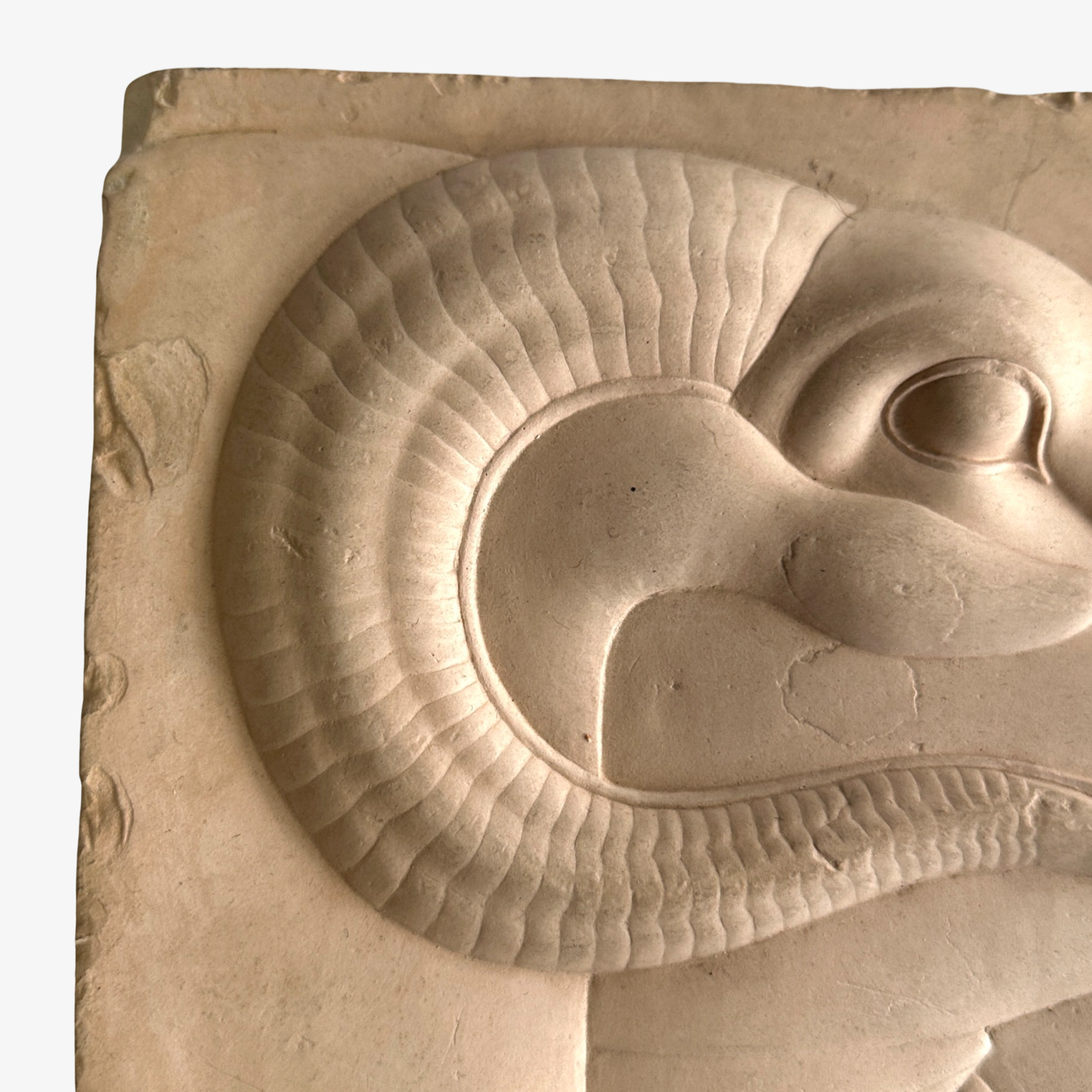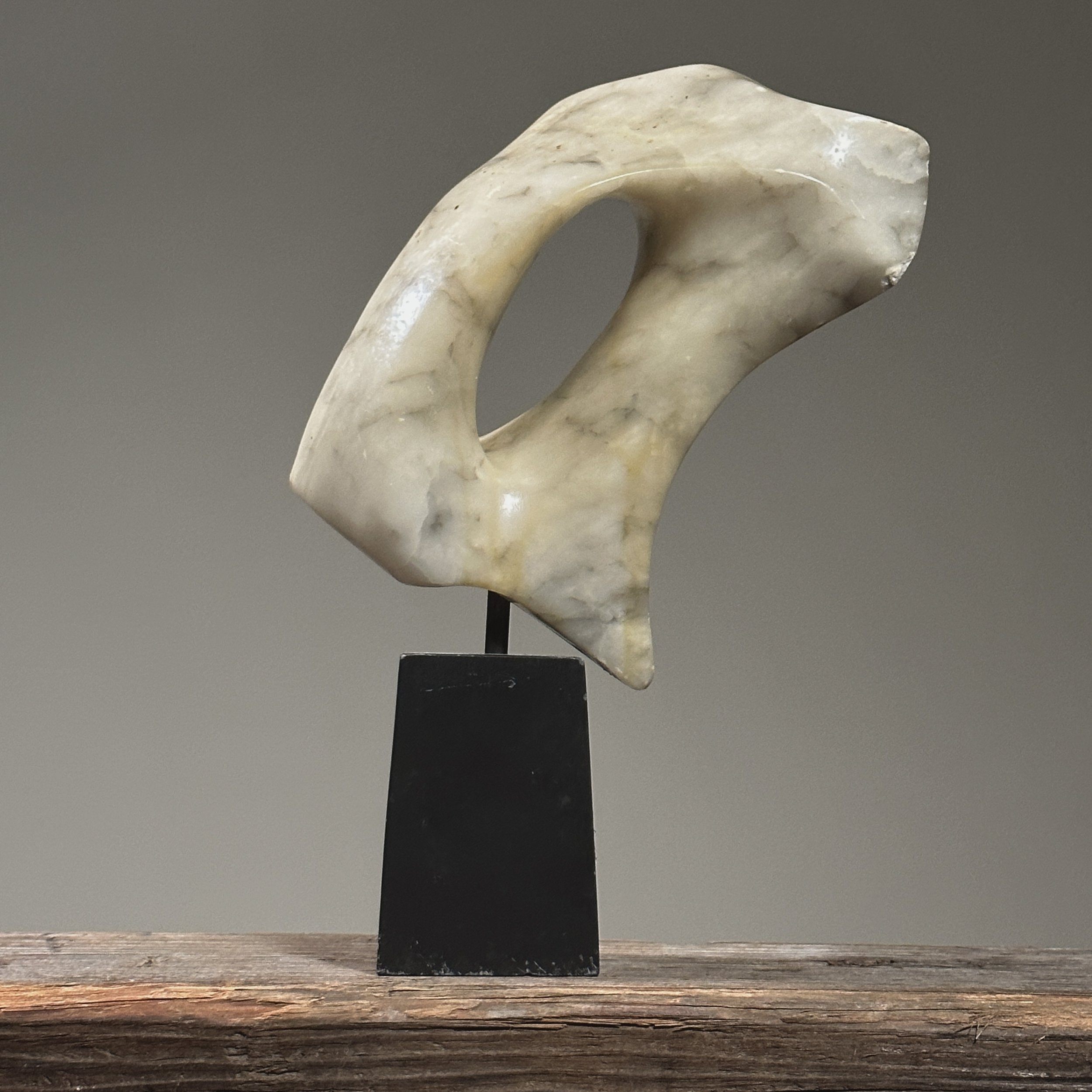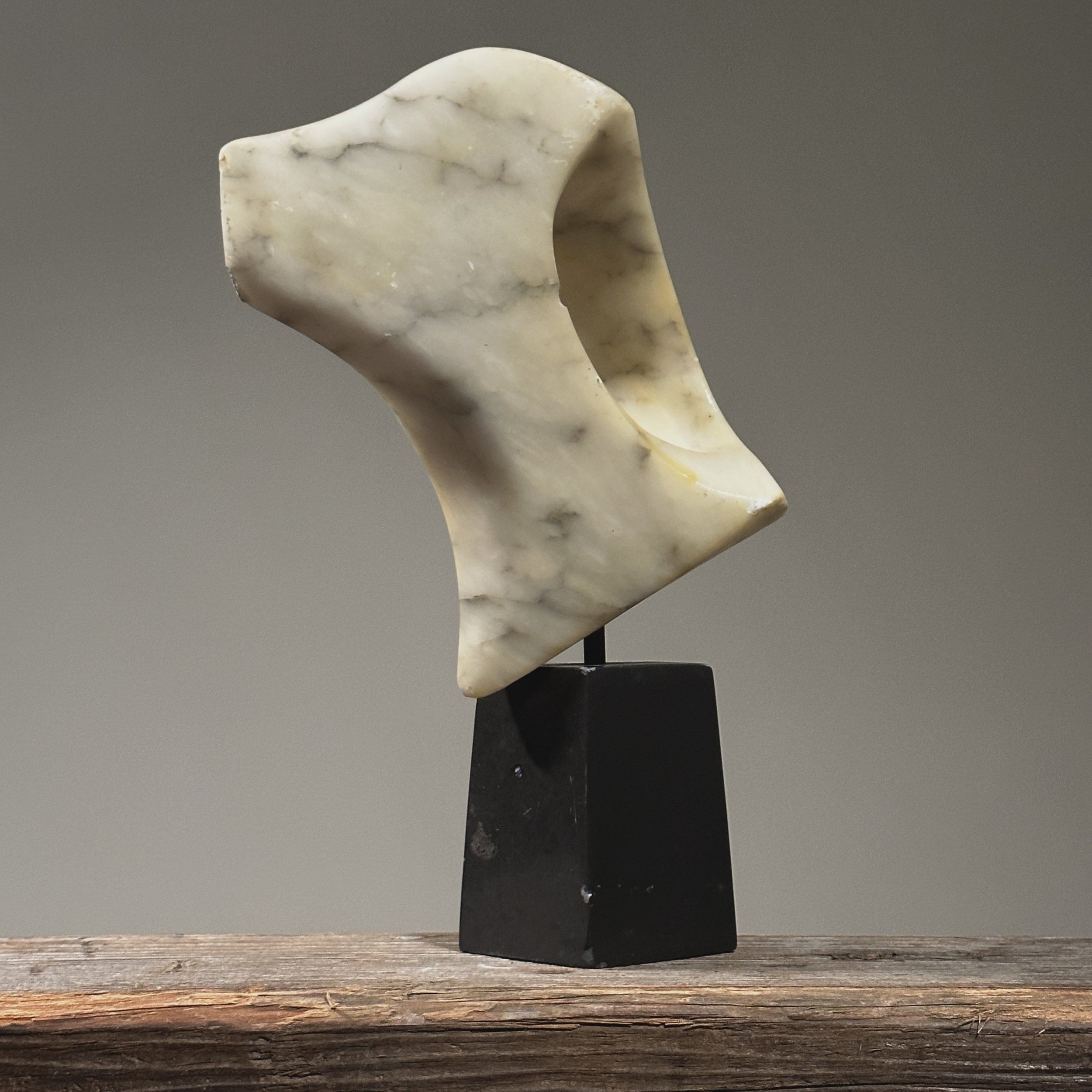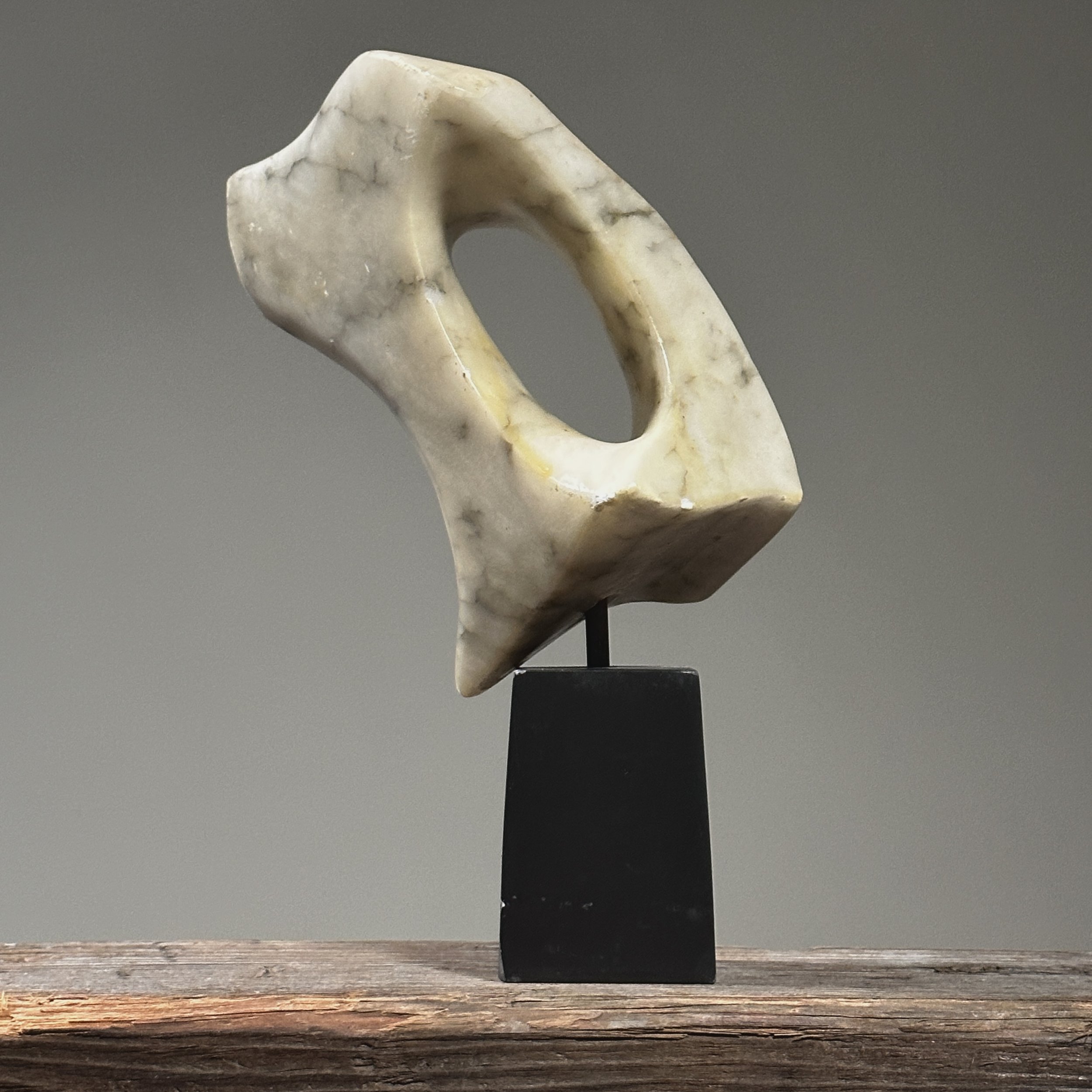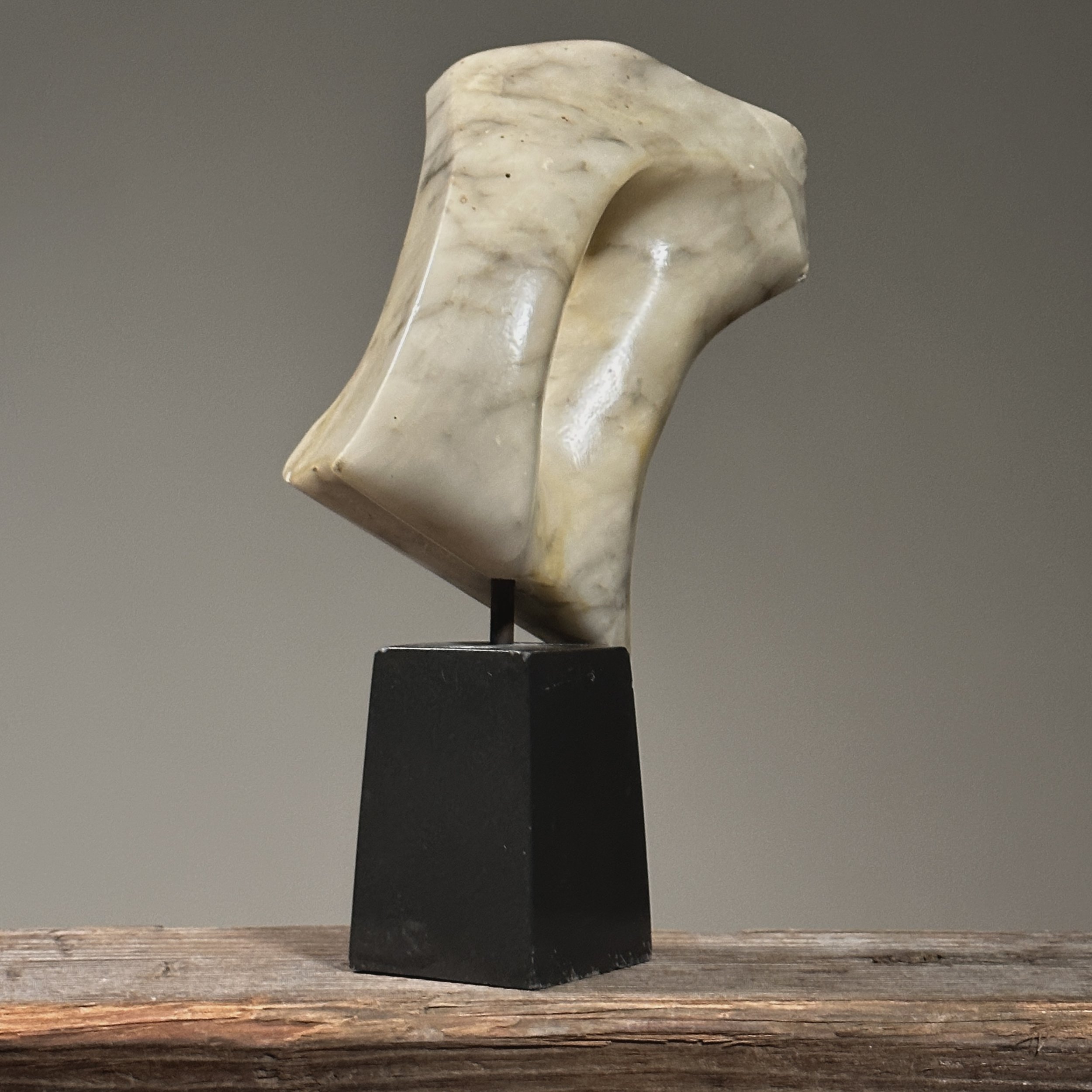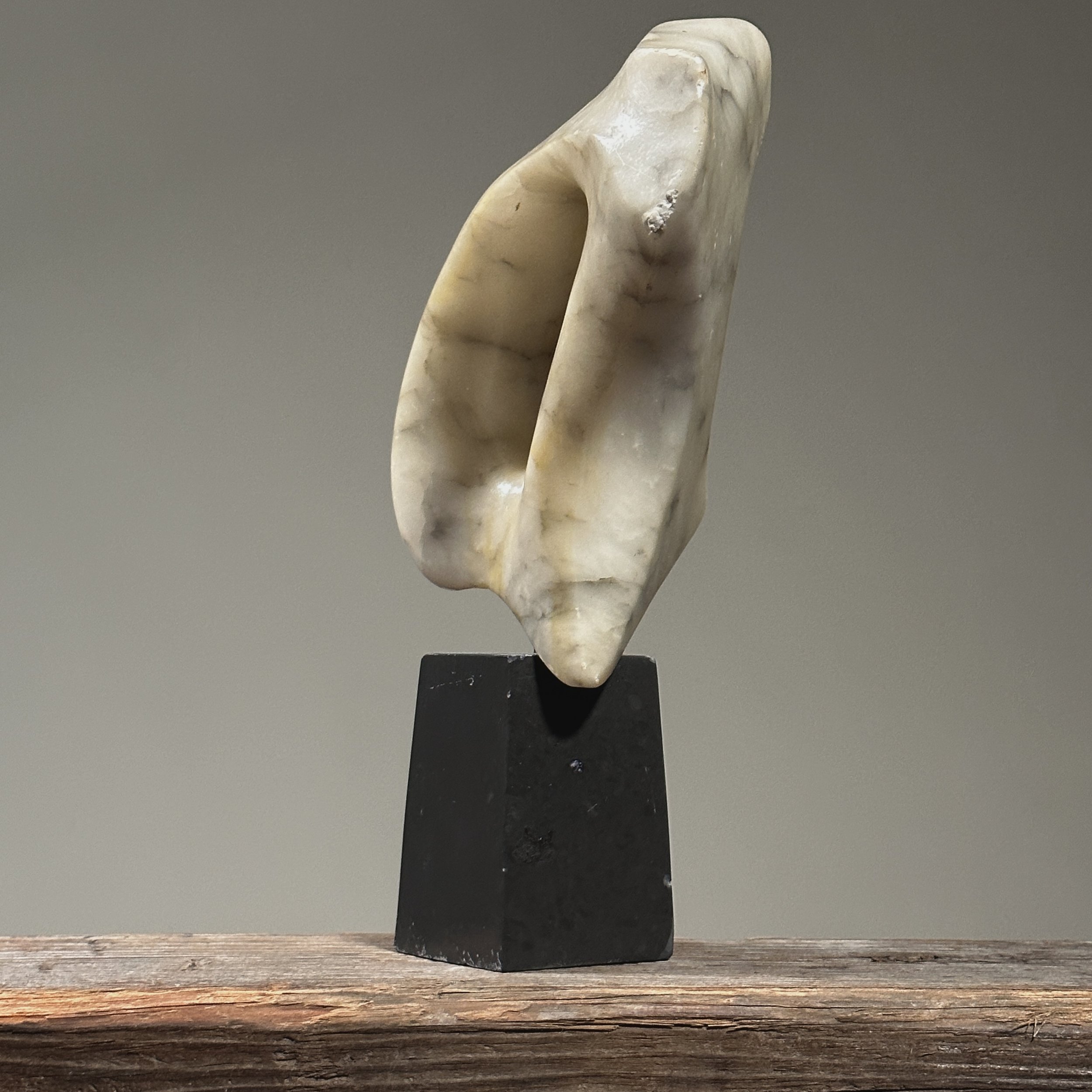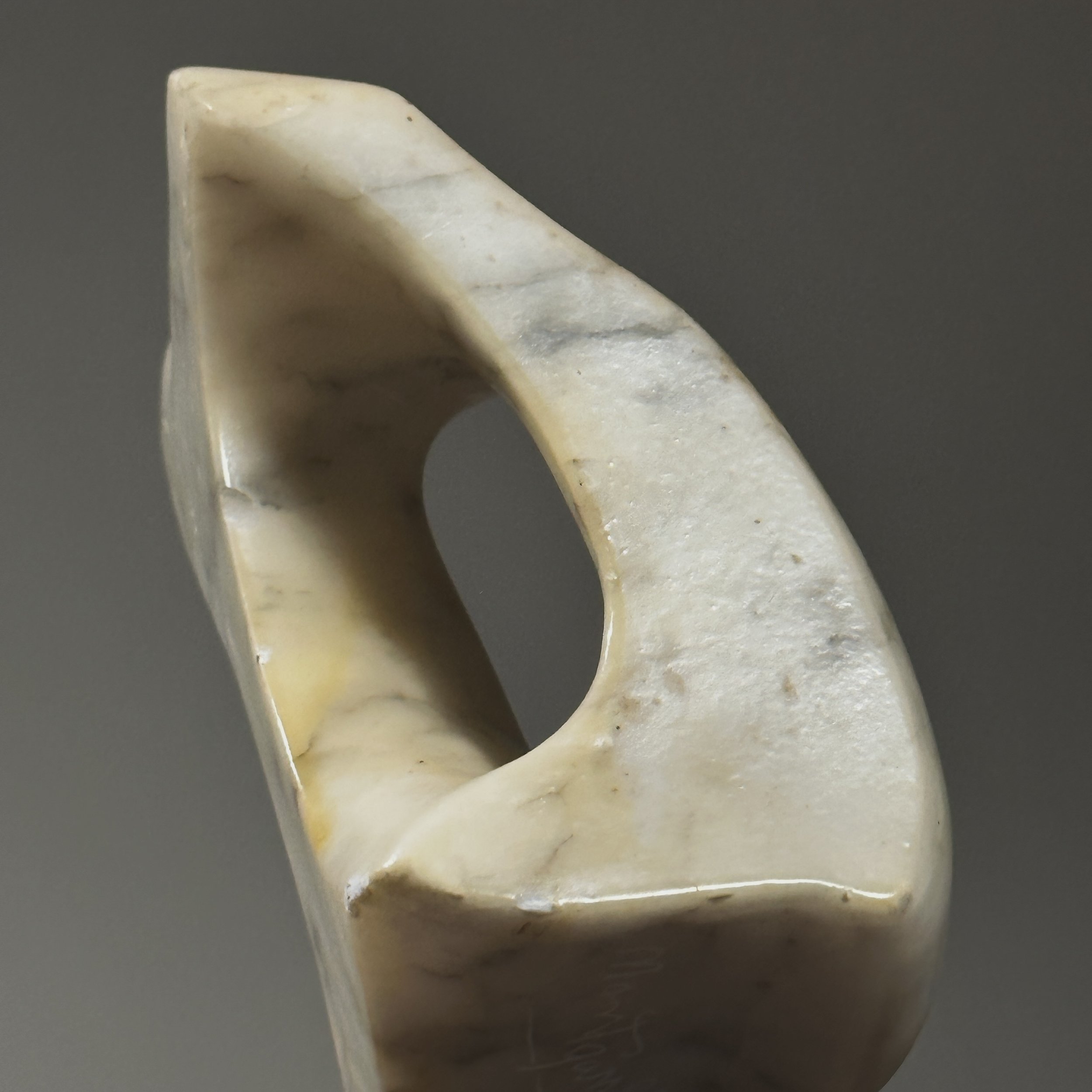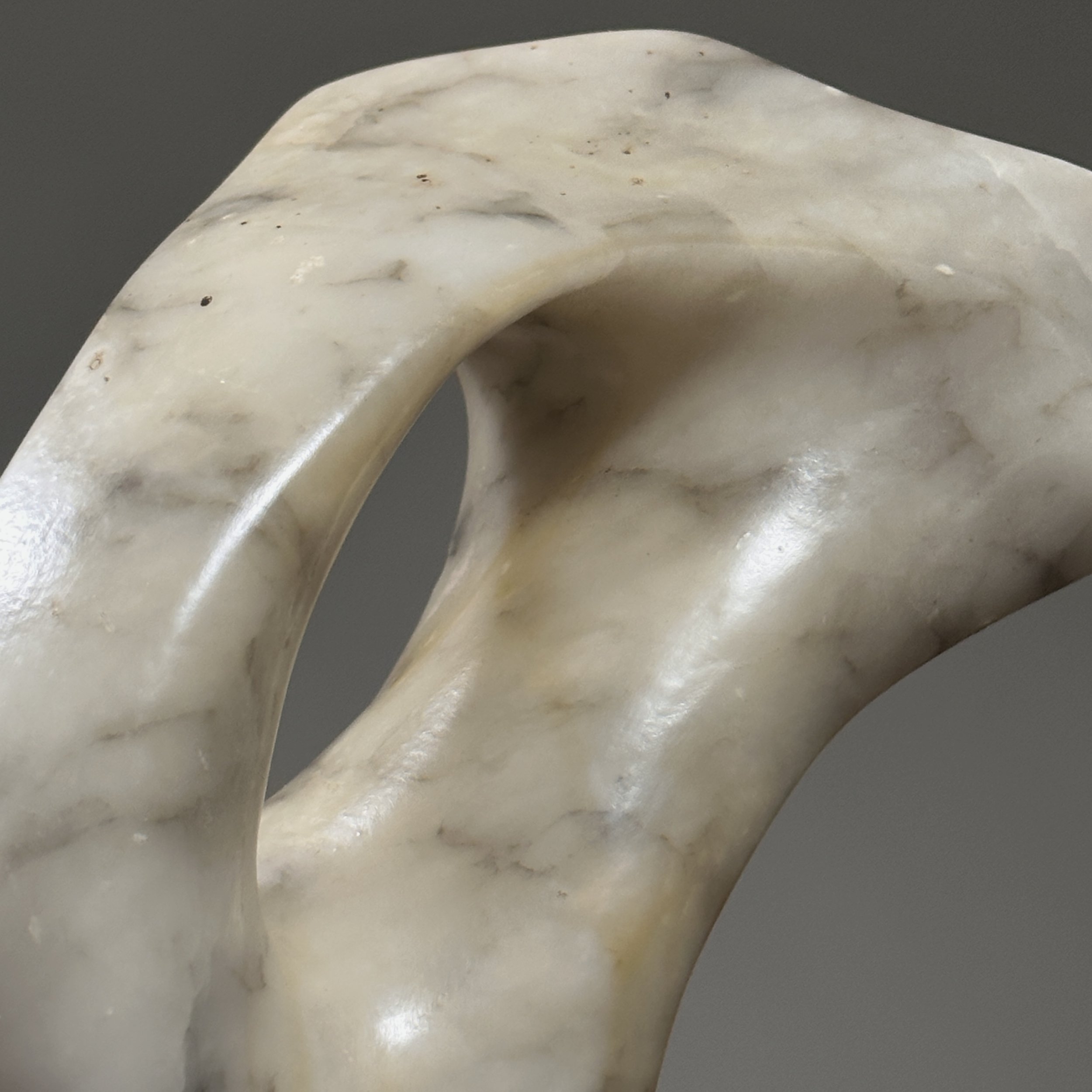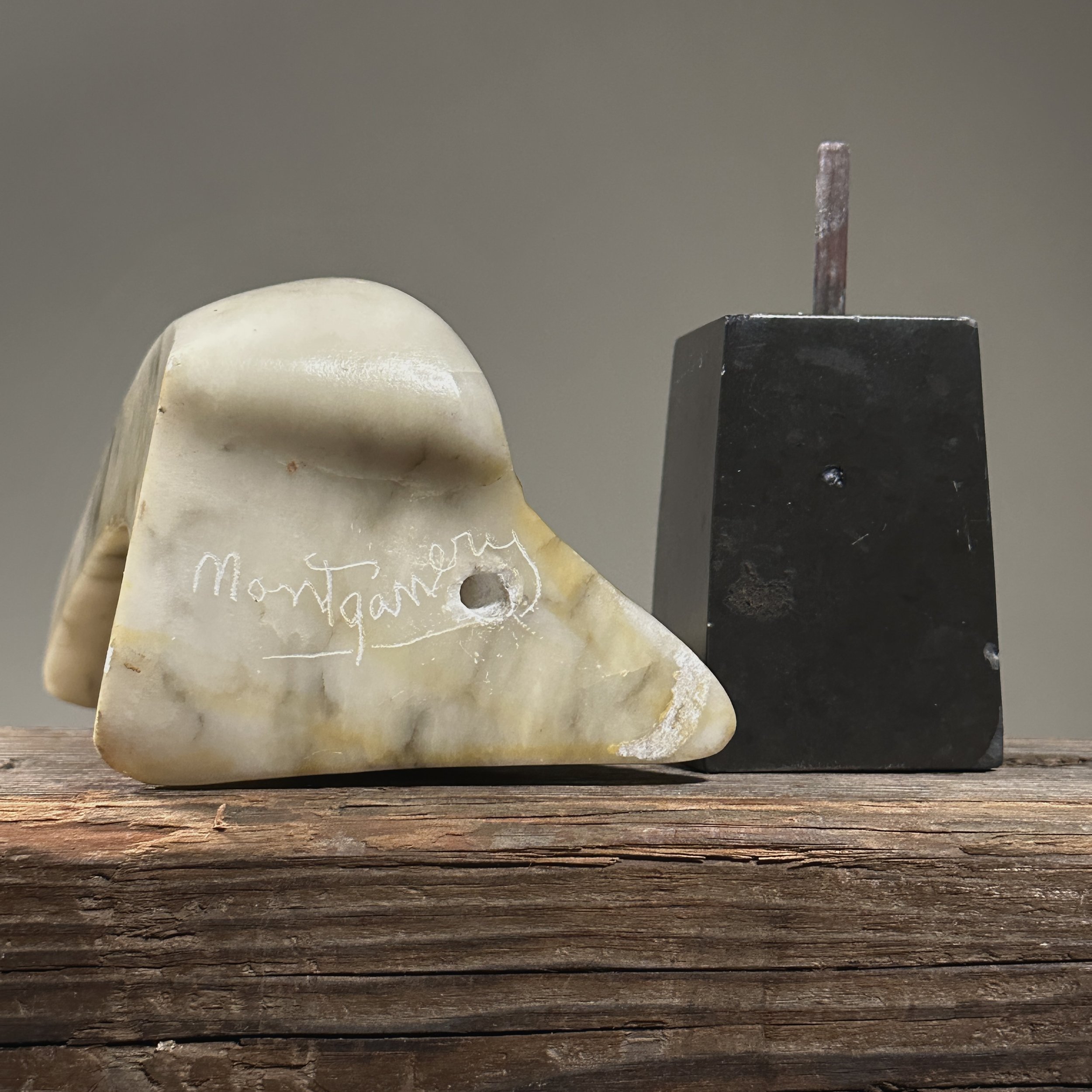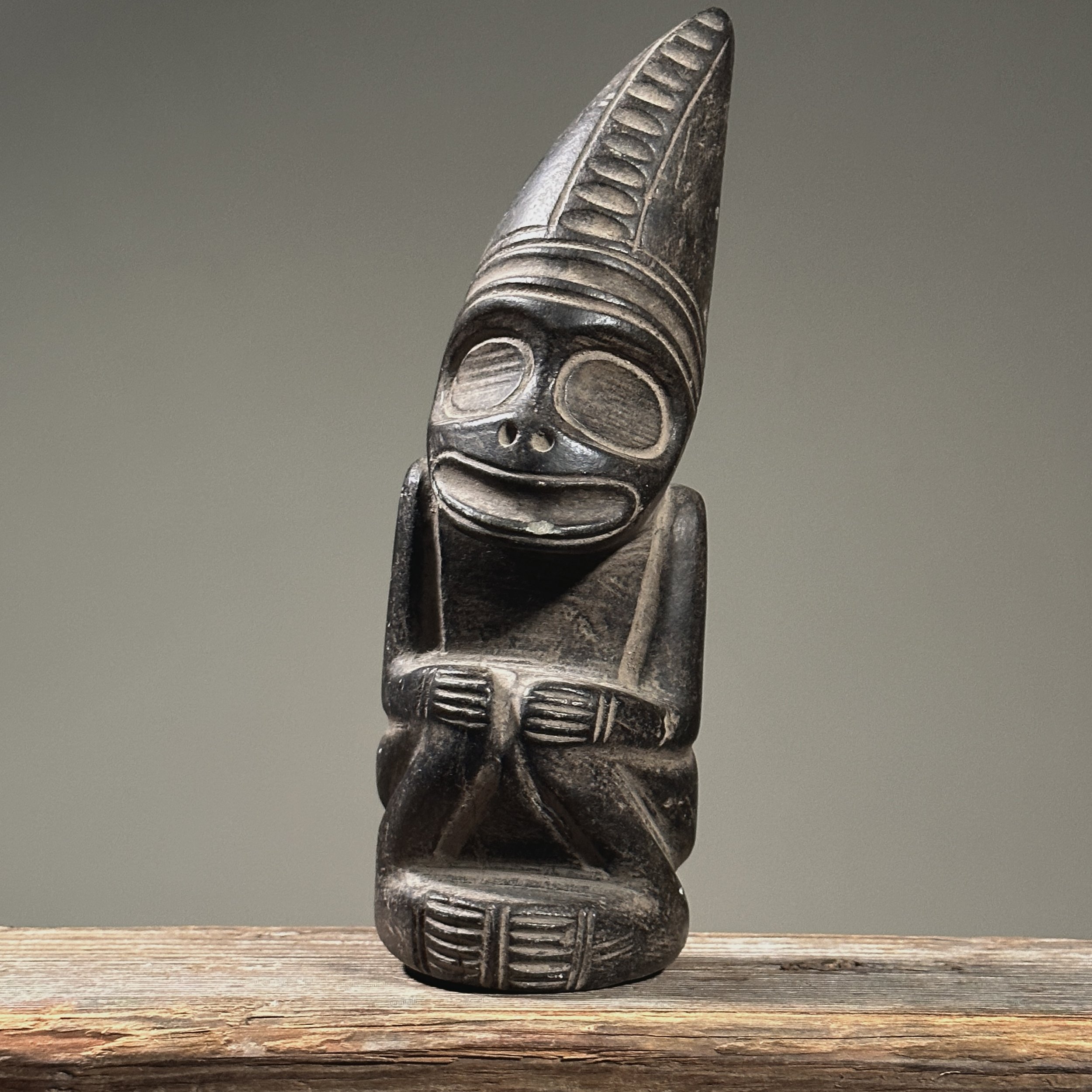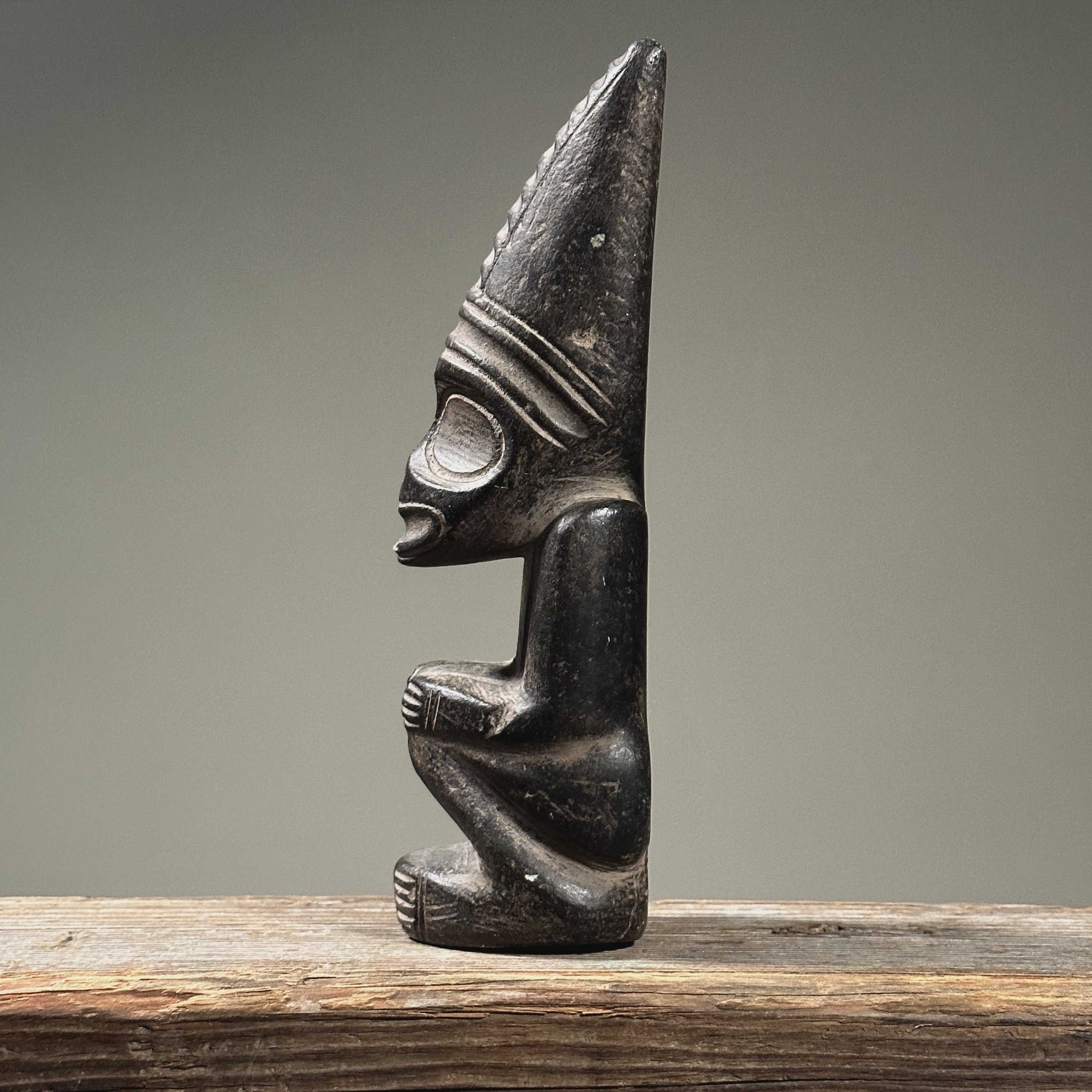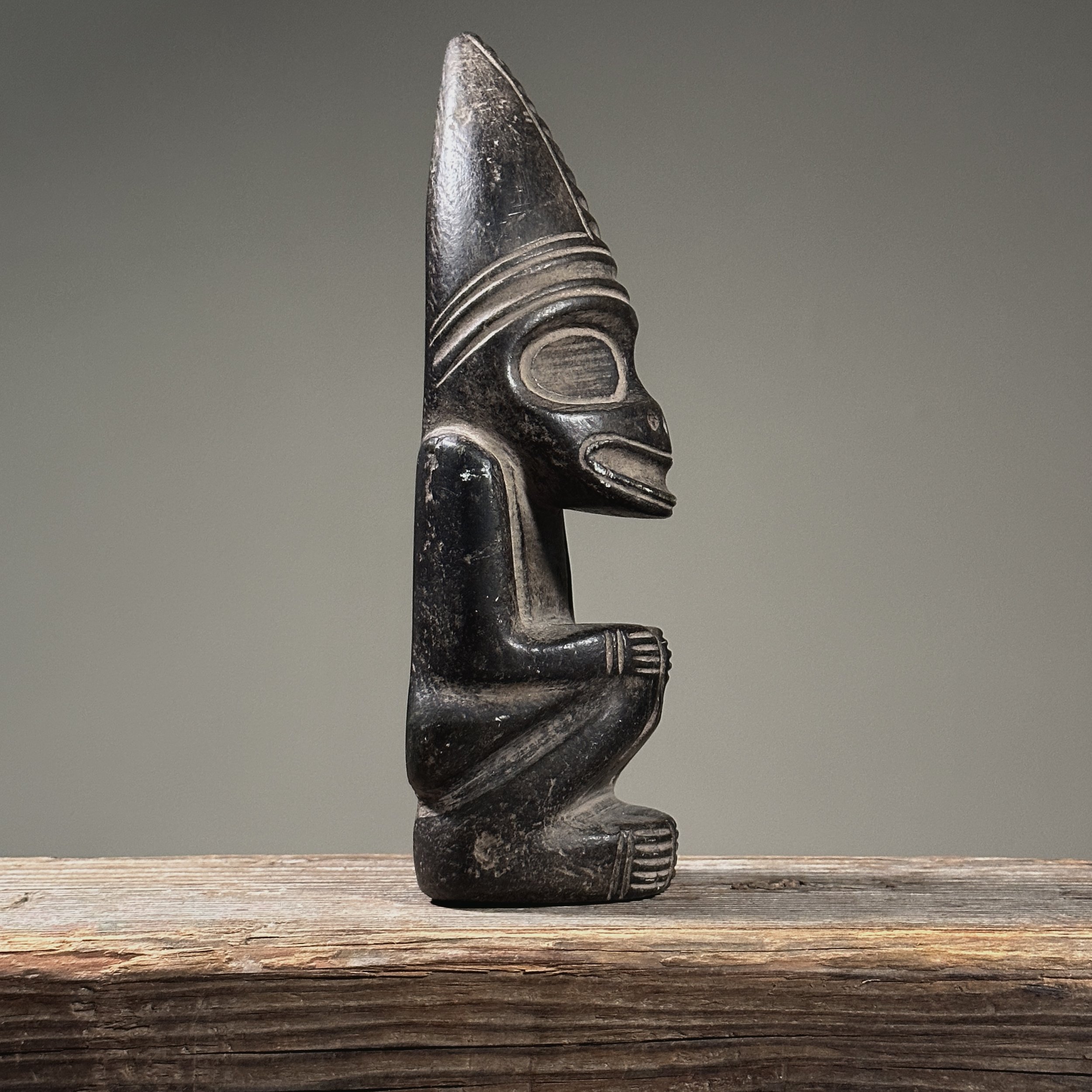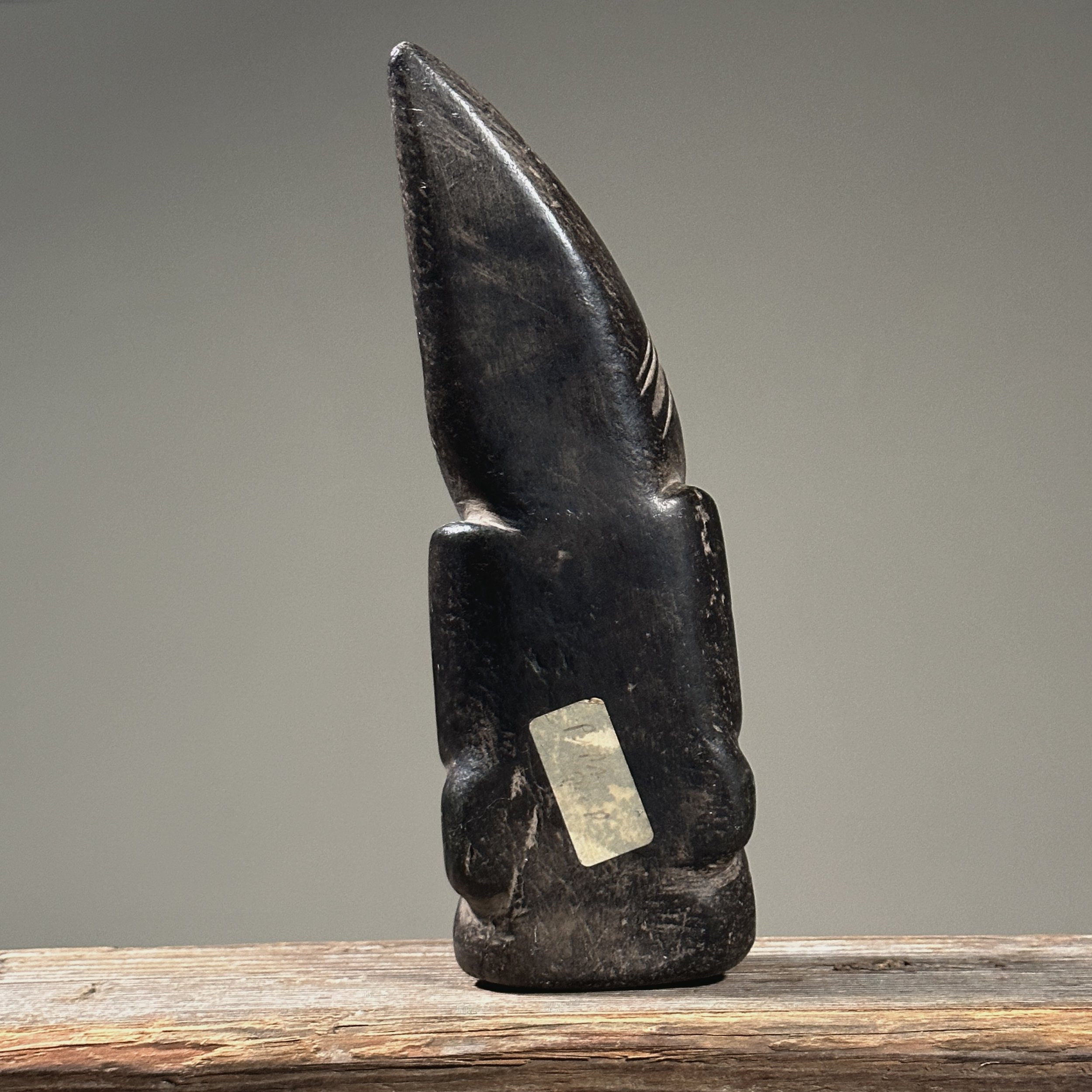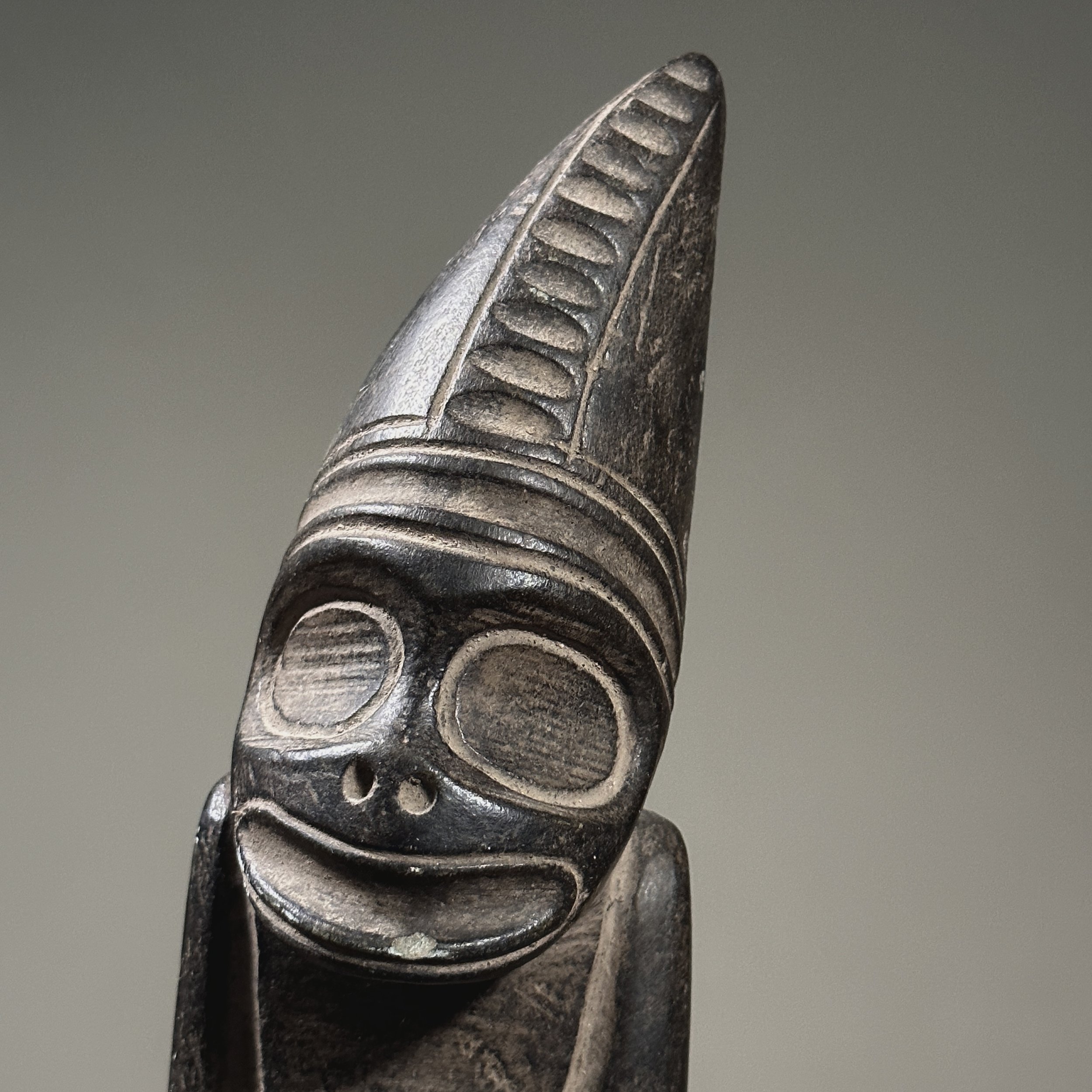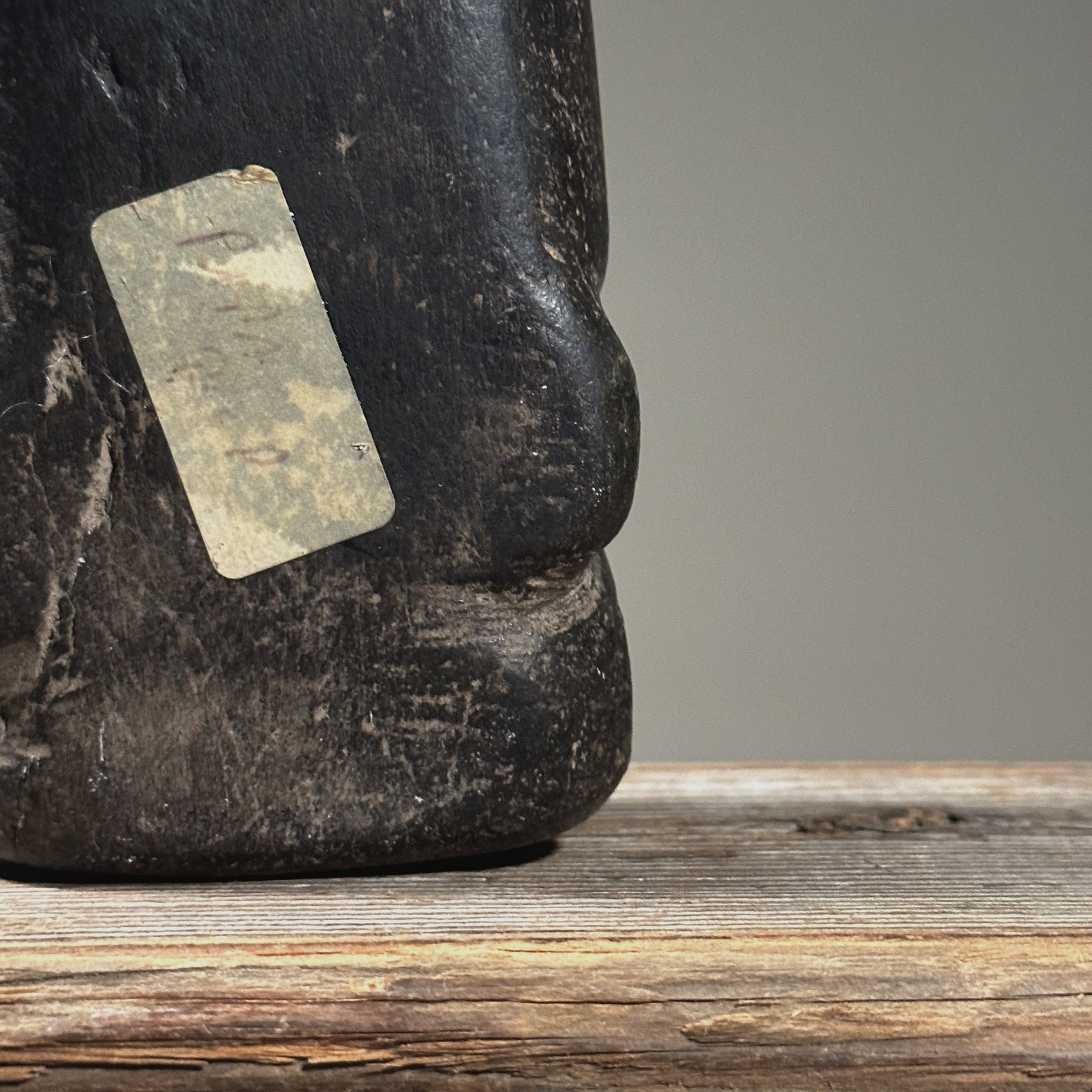Vintage Reproduction of Ptolemaic Ram Relief Plaster Plaque
Vintage Reproduction of Ptolemaic Ram Relief Plaster Plaque. Replica of the ram relief from the MET. In used condition with wear consistent with age.
Size: 8 x 5.75 x 2.25 in
Small Late Period and Ptolemaic reliefs or sculptures that depict a subject in a partial or unfinished way but are themselves complete objects constitute a special class of object. Guidelines like those for artists are often prominently exhibited as part of the object, although, in fact, many instances can be noted where the object simply could not serve as a suitable model for a traditional formal Egyptian representation. Personifications of kingship, figures that may represent the now emerging demigods Imhotep and Amenhotep Son of Hapu, and popular gods like Harpokrates or Isis, are heavily represented within the corpus.
Taken together, the figures represented and the other features indicate the reliefs and sculptures of this class, sometimes called by Egyptologists "sculptor’s models / votives," were the material of a donation practice, perhaps connected with the prolific temple building of these centuries. Unfortunately there is little to illuminate us about the mechanics of such a donation practice.
This example depicts the upper part of a ram headed god.
Vintage Reproduction of Ptolemaic Ram Relief Plaster Plaque. Replica of the ram relief from the MET. In used condition with wear consistent with age.
Size: 8 x 5.75 x 2.25 in
Small Late Period and Ptolemaic reliefs or sculptures that depict a subject in a partial or unfinished way but are themselves complete objects constitute a special class of object. Guidelines like those for artists are often prominently exhibited as part of the object, although, in fact, many instances can be noted where the object simply could not serve as a suitable model for a traditional formal Egyptian representation. Personifications of kingship, figures that may represent the now emerging demigods Imhotep and Amenhotep Son of Hapu, and popular gods like Harpokrates or Isis, are heavily represented within the corpus.
Taken together, the figures represented and the other features indicate the reliefs and sculptures of this class, sometimes called by Egyptologists "sculptor’s models / votives," were the material of a donation practice, perhaps connected with the prolific temple building of these centuries. Unfortunately there is little to illuminate us about the mechanics of such a donation practice.
This example depicts the upper part of a ram headed god.
Vintage Reproduction of Ptolemaic Ram Relief Plaster Plaque. Replica of the ram relief from the MET. In used condition with wear consistent with age.
Size: 8 x 5.75 x 2.25 in
Small Late Period and Ptolemaic reliefs or sculptures that depict a subject in a partial or unfinished way but are themselves complete objects constitute a special class of object. Guidelines like those for artists are often prominently exhibited as part of the object, although, in fact, many instances can be noted where the object simply could not serve as a suitable model for a traditional formal Egyptian representation. Personifications of kingship, figures that may represent the now emerging demigods Imhotep and Amenhotep Son of Hapu, and popular gods like Harpokrates or Isis, are heavily represented within the corpus.
Taken together, the figures represented and the other features indicate the reliefs and sculptures of this class, sometimes called by Egyptologists "sculptor’s models / votives," were the material of a donation practice, perhaps connected with the prolific temple building of these centuries. Unfortunately there is little to illuminate us about the mechanics of such a donation practice.
This example depicts the upper part of a ram headed god.






